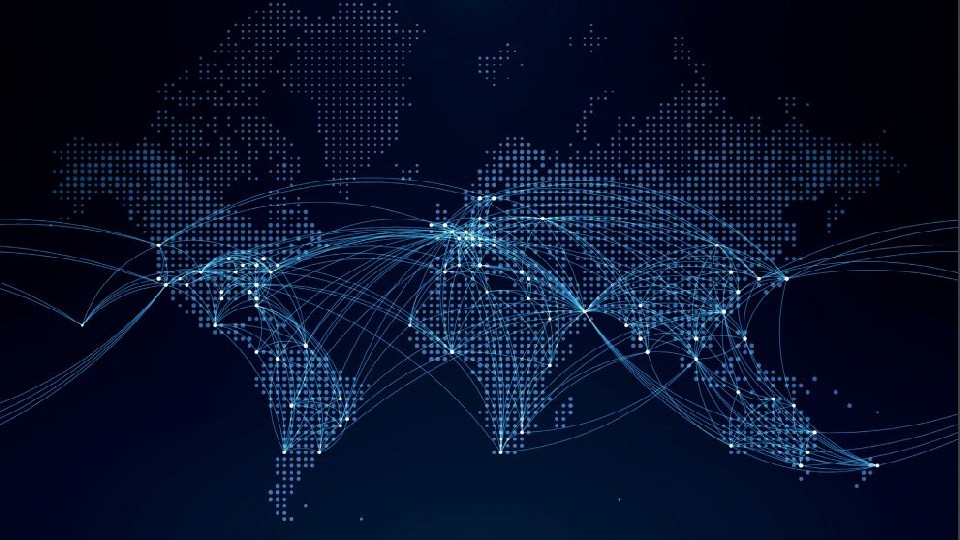141 results found
Featured results

More results
Disruptions as a result of Covid-19 have heightened the awareness of and desire to increase adoption of technology on many fronts, including infrastructure. We explore five ways that technology can revolutionise the infrastructure landscape for emerging economies.
The global competition to accelerate the infrastructure industry has entered the next stage with assessment of all InfraChallenge applications now complete.


Global Infrastructure Hub has launched an international competition designed to disrupt the infrastructure industry through new digitally-driven solutions.
How can cities absorb the influx of people without developing new and more efficient ways of building, transporting, and consuming resources? Without significant disruption across urban infrastructure, the cities of the future will struggle to keep up, much less make progress toward things like mitigating climate change or providing quality education to every student.
Members of the infrastructure community are warmly invited to the launch of InfraChallenge, an innovation competition aiming to accelerate the global infrastructure industry.
This report responds to a request from the Royal Government of Cambodia for the World Bank to assess the current state of its Digital Economy and identify policies such as supporting the development of digital skills and completing regulatory framework.

This report looks into the area of Congqing, benchmarking its performance against other regions within China and outlining pillars to achieve Chongqing's vision and the risks associated with this vision.

InfraChallenge is an innovation competition aiming to accelerate the global infrastructure industry. We are looking for the next digital solution to help solve one of the big infrastructure issues globally. Here are the top 5 reasons to enter.
This paper describes a framework of supply and demand factors that could affect birth registration coverage rates, using data from Latin America, Asia and Africa the paper looks at factors such as social transfer that could impact birth registration.

This book addresses two concerns. First that advanced technologies developed in high-income countries would inexorably lead to job losses of lower-skilled, less well-off workers and exacerbate inequality. Second Policies intended to protect jobs from technology advancement would themselves stultify progress and depress productivity, these are addressed using the output effect subsitution effect framework.

This report provides a view on the Chongqing area and argues three dimensions of connectivity can be improved: physical (infrastructure) connectivity, digital connectivity, and economic integration with nearby areas, the report then provides a strategy on how to carry this out.

This paper analyses the impact of access to the Internet in China on firm peformance using econometric techiques, the paper looks into what aspects of firm performance were affected, what types of firm communication were facilitated, and what dimensions of the new communication medium were relevant.

This paper is intended to capture the main lessons learned from conducting Open Data Readiness Assessments and assisting countries with their implementation.

This report provides a summary of the (IoT) internet of things and its impact on governments, policy, how to utlise the technology and the risks and challenges of the technology.

This report provides an outline ending in 2015 of ASEAN connectivity, the report also outlines future challenges the Master Plan from 2015 on.

The report provides policy and regulatory options for increasing effective use of existing fixed and mobile infrastructure as well as alternative infrastructure networks such as power grids and railroads.

Overall, the study has taken a broad approach to defining Open Access to Transmission and Distribution grids - going well beyond the minimalist notion of simply guaranteeing legal access to the grid for generators and wholesale buyers.




 Infrastructure Futures
Infrastructure Futures







